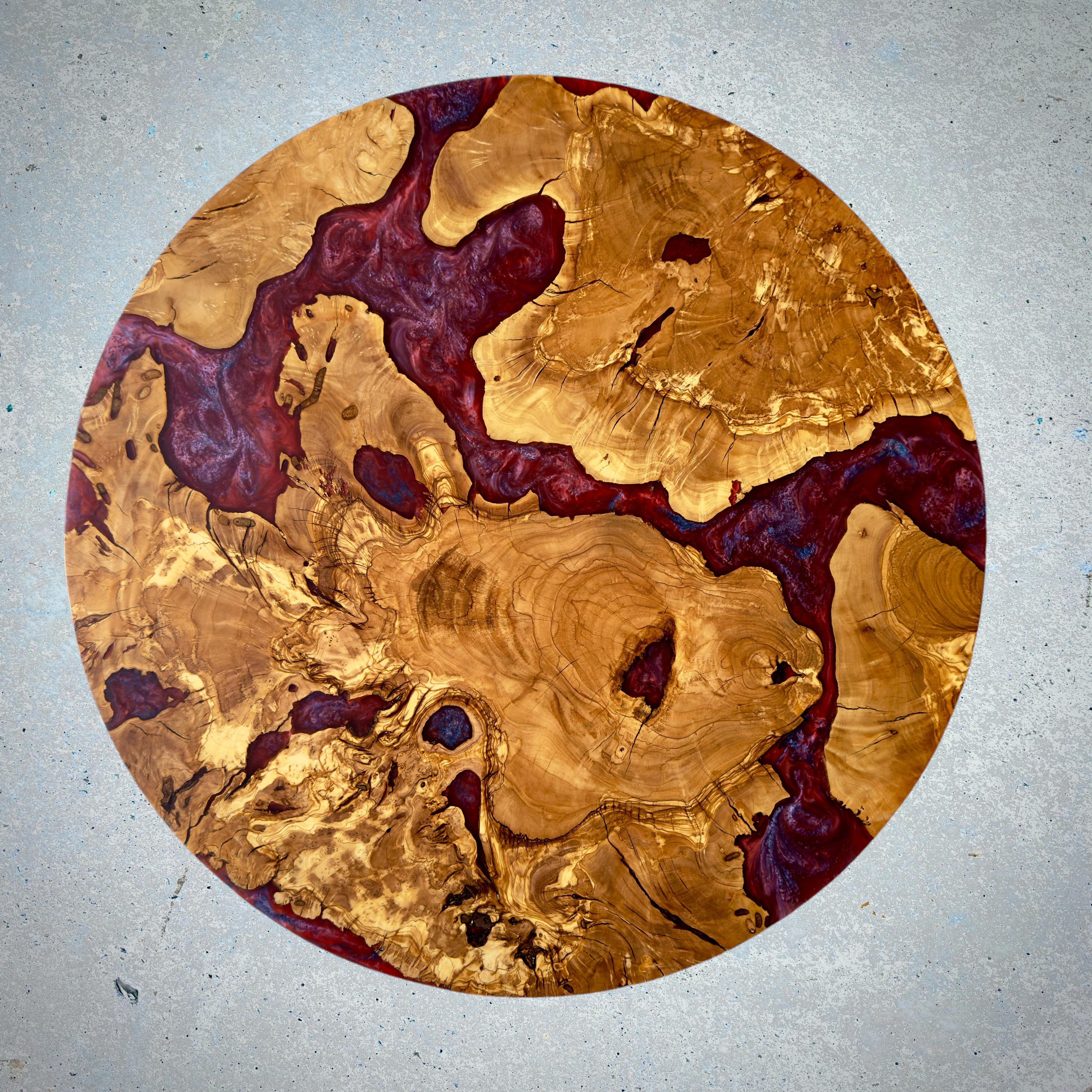How to Create Unique Items Using Olive Wood and Epoxy
The combination of olive wood and epoxy has opened up new possibilities in art, design, and craftsmanship. This fusion of organic beauty and modern material creates stunning, one-of-a-kind pieces that bring elegance and uniqueness to any space. In this blog, we explore how olive wood and epoxy can be used to craft exceptional furniture, decor, and accessories.
Why Olive Wood and Epoxy?
- Natural Beauty – Olive wood’s intricate grain patterns and warm hues contrast beautifully with the smooth, glossy texture of epoxy.
- Durability – The hardness of olive wood, combined with the resilience of epoxy, results in long-lasting products.
- Endless Creativity – With epoxy, you can add colors, metallic accents, or even embed objects within your designs.
Creative Ideas for Olive Wood and Epoxy Creations
1. Elegant Furniture Pieces- Epoxy River Tables – A perfect blend of rustic charm and modern aesthetics, these tables feature an epoxy “river” flowing through olive wood slabs.
- Shelving and Countertops – Combining olive wood with transparent or colored epoxy creates unique and stylish surfaces.
- Benches and Coffee Tables – Custom epoxy-infused olive wood furniture can be a statement piece in any home.
- Wall Art and Panels – Olive wood sections embedded in epoxy can be turned into breathtaking artwork for interiors.
- Clocks and Picture Frames – Adding an epoxy finish enhances the wood’s character while providing a sleek, modern touch.
- Serving Trays and Coasters – Functional yet artistic, these items add a refined look to dining experiences.
- Necklaces and Earrings – Small olive wood pieces combined with vibrant epoxy create stunning accessories.
- Pens and Watches – The natural beauty of olive wood is elevated when paired with epoxy, making for luxurious everyday items.
- Phone Cases and Keychains – A unique way to carry a piece of nature with you wherever you go.
How to Work with Olive Wood and Epoxy
- Wood Preparation
- Ensure the olive wood is well-dried to prevent warping.
- Sand and clean the surface for better epoxy adhesion.
- Mixing and Pouring Epoxy
- Follow the correct resin-to-hardener ratio for durability.
- Use pigments, metallic powders, or objects for added creativity.
- Finishing and Polishing
- Sand the epoxy surface to remove imperfections.
- Apply a protective finish to enhance durability and shine.
Sustainability Considerations
Olive wood is often sourced from pruned branches or trees that have ceased producing olives, making it an eco-friendly material. Choosing non-toxic and biodegradable epoxy options can also make the process more sustainable.
Conclusion
Blending olive wood with epoxy creates extraordinary designs that balance tradition with modern innovation. Whether in furniture, decor, or accessories, this fusion allows artisans and enthusiasts to craft pieces that are both artistic and functional. By mastering this technique, you can bring a unique touch of nature into everyday life.
